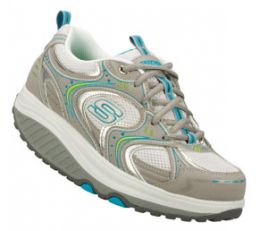Automobiles and Product Defects
Product liability cases frequently involve faulty automobile parts. Sometimes these flaws result in car accidents, while others cause injuries in different situations. These defective product injuries often vary widely, and defects can occur during the design process (before the part is even made), in the manufacturing stage, or at the marketing level. In fact, the recent Toyota fatal acceleration cases have been making news across the country. Recently, however, an article in Automotive News suggested that automobile dealerships might be liable for injuries sustained in defective passenger vehicles. Reporting on a recent California Court of Appeals case, the article explained that dealerships that “inspect and deliver new vehicles on behalf of manufacturers may be held liable for any defect, even if they didn’t actually sell the vehicles and weren’t negligent themselves.”

In some product liability claims, injury victims may be able to pursue a legal theory of strict liability. In many of these cases, plaintiffs obtain financial compensation for their injuries. If you have been injured by a defective product in the San Diego area, it’s extremely important to speak to an experienced product liability attorney.
 North County San Diego Injury Lawyers
North County San Diego Injury Lawyers





 A backyard Fourth of July party on 24th Street in Del Mar turned tragic yesterday when three party-goers
A backyard Fourth of July party on 24th Street in Del Mar turned tragic yesterday when three party-goers 








